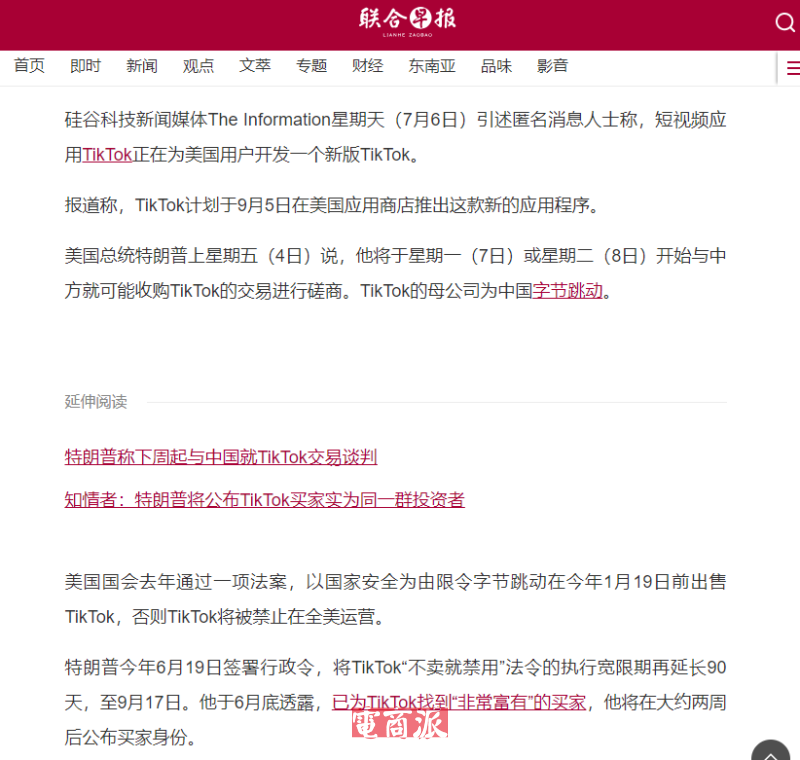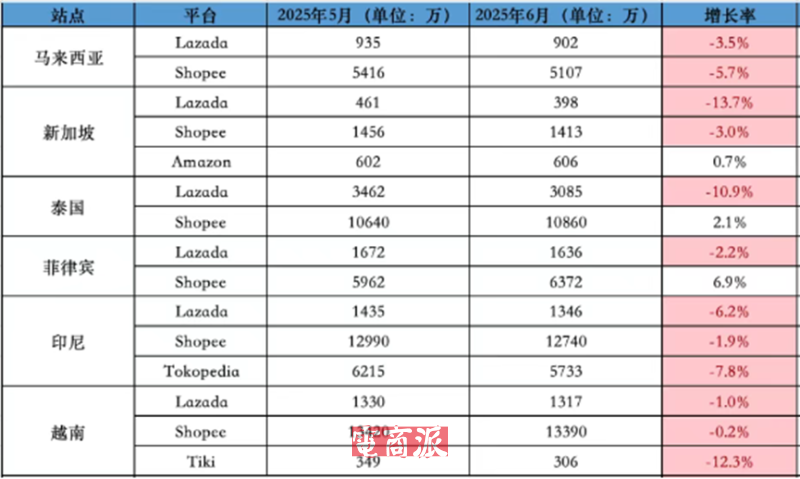mongodbpython

MongoDB is a popular open-source NoSQL database that is widely used in modern web applications. In this article
we will explore how to use MongoDB with the Python programming language to perform various operations such as inserting
updating
deleting
and querying data.
To get started with MongoDB in Python
you will first need to install the `pymongo` library
which is the official Python driver for MongoDB. You can install it using pip by running the following command:
```bash
pip install pymongo
```
Once you have installed the `pymongo` library
you can start interacting with MongoDB in your Python code. The first step is to establish a connection to the MongoDB server. You can do this by creating an instance of the `MongoClient` class and passing the connection string as a parameter. The connection string typically includes the hostname
port
and database name.
```python
from pymongo import MongoClient
# Establish a connection to the MongoDB server
client = MongoClient("mongodb://localhost:27017/")
```
After establishing a connection to the MongoDB server
you can retrieve a reference to a specific database by accessing it using the `client` object. You can then access a collection within the database by using the collection name.
```python
# Get a reference to the "mydatabase" database
db = client["mydatabase"]
# Get a reference to the "mycollection" collection
collection = db["mycollection"]
```
Now that you have a reference to a collection in the database
you can start performing CRUD (Create
Read
Update
Delete) operations. Let's take a look at how to insert a document into the collection.
```python
# Insert a document into the collection
document = {"name": "Alice"
"age": 30
"city": "New York"}
insert_result = collection.insert_one(document)
# Print the ID of the inserted document
print("Inserted document ID:"
insert_result.inserted_id)
```
To query data from the collection
you can use the `find()` method
which returns a cursor object that you can iterate over to access the documents.
```python
# Query all documents in the collection
cursor = collection.find()
# Iterate over the cursor to access the documents
for document in cursor:
print(document)
```
You can also filter the query results by specifying a query condition using the `find()` method.
```python
# Query documents with age greater than 25
cursor = collection.find({"age": {"$gt": 25}})
# Iterate over the cursor to access the filtered documents
for document in cursor:
print(document)
```
To update a document in the collection
you can use the `update_one()` method
which allows you to specify a filter criteria and an update operation.
```python
# Update the age of the document with name "Alice"
update_result = collection.update_one(
{"name": "Alice"}
{"$set": {"age": 35}}
)
# Print the number of updated documents
print("Updated document count:"
update_result.modified_count)
```
Finally
to delete a document from the collection
you can use the `delete_one()` method
which takes a filter criteria to identify the document to be deleted.
```python
# Delete the document with name "Alice" from the collection
delete_result = collection.delete_one({"name": "Alice"})
# Print the number of deleted documents
print("Deleted document count:"
delete_result.deleted_count)
```
In this article
we have covered the basics of working with MongoDB in Python using the `pymongo` library. You can expand upon this knowledge by exploring more advanced features of MongoDB
such as indexing
aggregation
and transactions. MongoDB is a powerful database that can handle large-scale data storage and retrieval efficiently
making it an ideal choice for modern web applications.
 邮件群发-邮件群发软件|邮件批量发送工具|群发邮件平台|批量邮箱发送系统公司
邮件群发-邮件群发软件|邮件批量发送工具|群发邮件平台|批量邮箱发送系统公司








